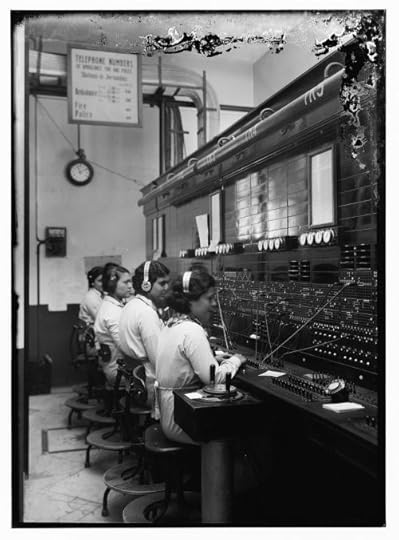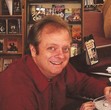In the days before smart phones

An old Bakerlite telephone. They were heavy, connected to the wall, and actually had to be dialed.
At 2 a.m. on January 5, 1958, the Fayetteville operator-assisted phone system went dead. The signal lights on the switchboards blinked out and would never again notify an operator of an incoming call. Paul Musselman, district manager for United Telephone, flipped a switch and a new system of circuits and lights sprang to life. Fayetteville had entered the modern communications age.
“We are sure our customers will like this new, faster and more versatile telephone service. It is easy to dial, and if customers follow the brief instructions which appear in the new telephone directory, they will enjoy fine results,” Musselman told the Public Opinion.
Residents could call directly between Fayetteville and Chambersburg, though long distance and information services still required operator assistance. The operators in the Fayetteville office of United Telephone at 250 Lincoln Way East had been allowed to transfer to job openings in Chambersburg or take early retirement.
United Telephone Company of Pennsylvania had previously been known as the Cumberland Valley Telephone Company of Pennsylvania based in Carlisle when it began offering phone service in 1915. Today, United Telephone is a subsidiary of CenturyLink, Inc.
The switch from operator-assisted phone calls to direct dialing had been planned and worked on for months. With help from the Stromberg Carlson Company, United Telephone had strung miles of wire, installed new equipment and added circular phone dials to each phone in the Fayetteville area. Phone directories with all of the 1,000-plus phone numbers also had to be printed up.
The switchover was not unexpected. Fayetteville was a growing area and the time had come where the existing phone system needed to be expanded to handle the additional capacity.
“Fayetteville, one of the fastest growing telephone exchanges in Pennsylvania, now serves over 1,000 telephones, an increase of approximately 300 per cent in ten years,” the Public Opinion reported.
When a customer picked up a phone handset, he now heard a hum instead of an operator saying, “Number please.” However, customers couldn’t simply dial the phone numbers they used to ask an operator for. The changeover in systems also required that each user get a new phone number.
All of the new phone numbers in Fayetteville began with FL and were followed by five digits. When speaking a telephone number like FL65032, a person would say, “I need Flanders 6-5-0-3-2.”
The call volume after the switchover was light at first, but then it quickly picked up. By the afternoon of the first day for the new system, it was handling double the volume of phone calls that the old system had handled.
Because direct phone dialing was a new concept to most residents, seminars were set up at the local school to provide instruction on how to use the new phones to both students and adults.
While many areas did not get direct dialing until the 1950’s, it had been around since the 1930’s, though only in smaller areas. By 1959, when Fayetteville got direct dialing for local calls, direct-dialing long distance had been around for more than seven years.

Many switchboard operators had to look for new work as direct dialing telephone service was introduced throughout the United States in the mid-20th century.





